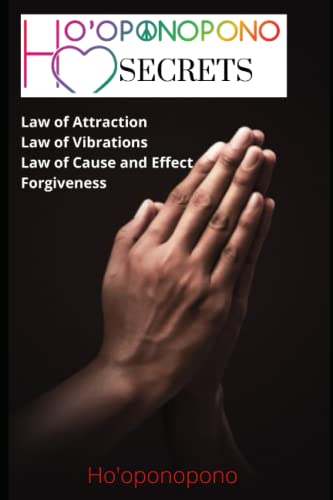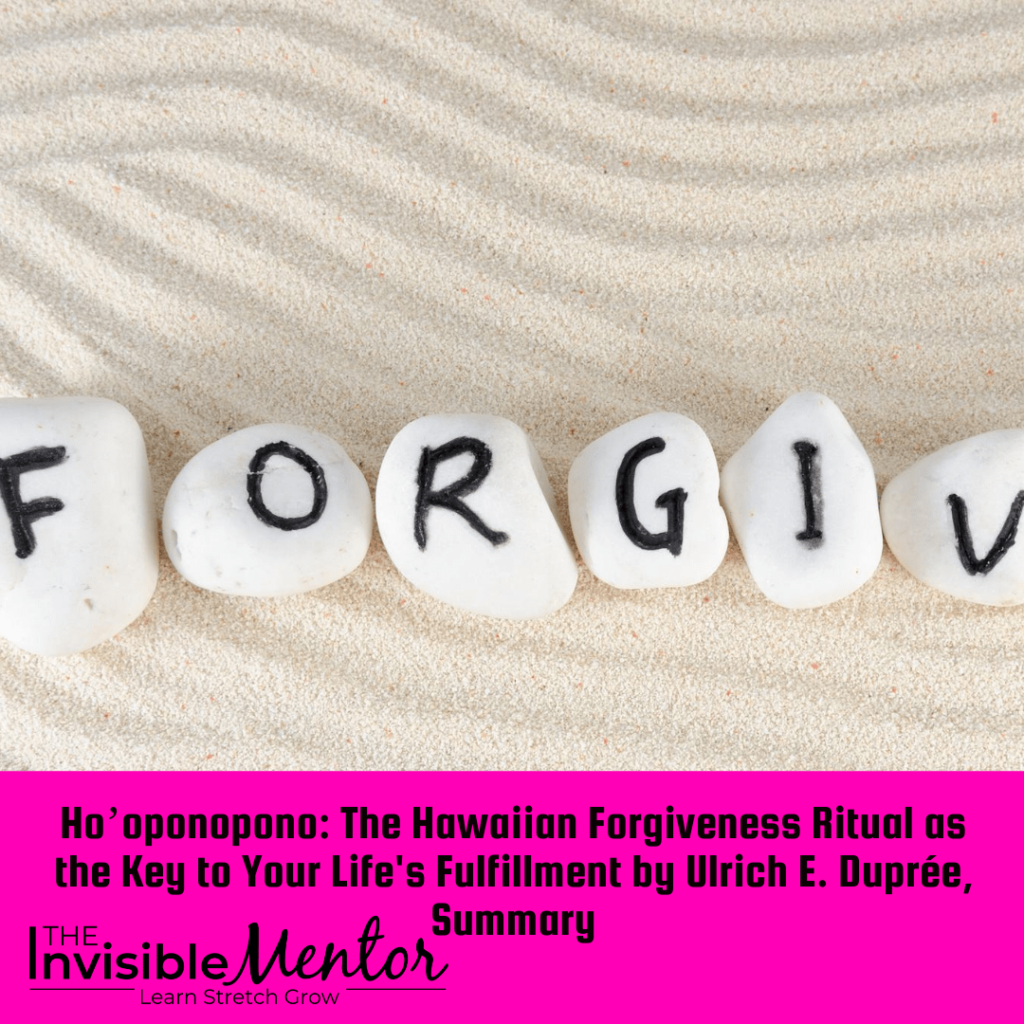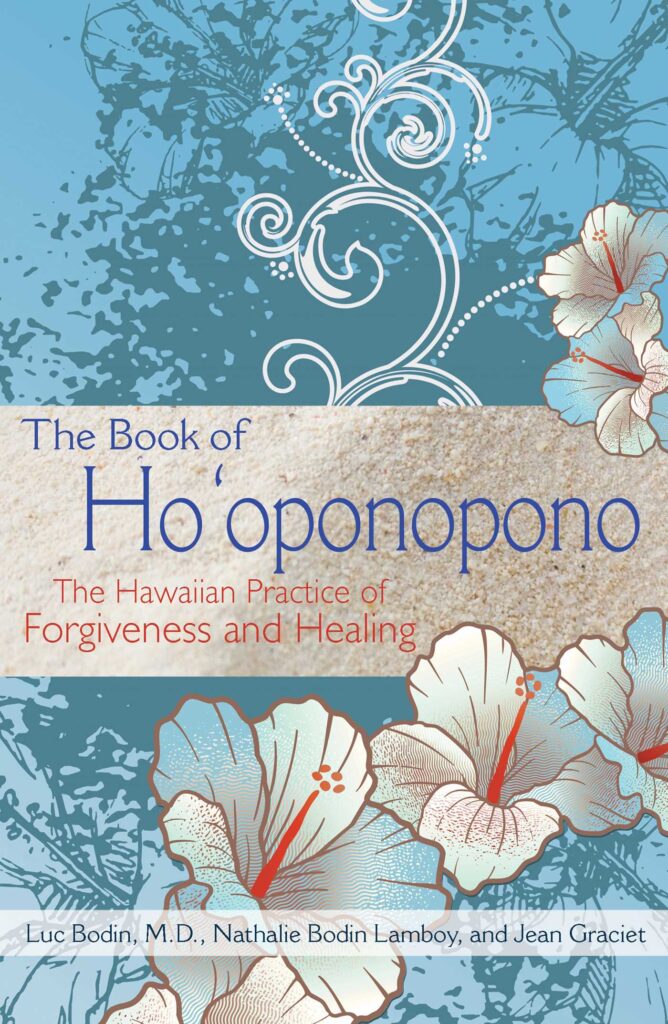In exploring the profound teachings of Ho’oponopono, a traditional Hawaiian healing practice, we find ourselves drawn into a fascinating connection with the law of cause and effect. This ancient wisdom holds the belief that we are responsible for everything that shows up in our lives, and by understanding and embracing this responsibility, we can bring about profound healing and transformation. Through the practice of Ho’oponopono, we embark on a journey of self-discovery, forgiveness, and the recognition of our power to shape our reality. Let’s explore how Ho’oponopono intertwines with the law of cause and effect, offering us a unique perspective on the power we each hold within.
The Law of Cause and Effect
Definition of the Law of Cause and Effect
The Law of Cause and Effect, also known as the principle of causality, is a fundamental concept in philosophy and science. It suggests that every action has a reaction or consequence. This law proposes that there is a relationship between events or actions, and the outcomes that follow.
Principles of the Law of Cause and Effect
The Law of Cause and Effect operates on the principle that every effect has a cause, and every cause produces an effect. It implies that nothing happens by chance or without reason. The principles of this law emphasize that every action we take or decision we make has consequences, which can be either positive or negative.

Understanding Ho’oponopono
Meaning and Origins of Ho’oponopono
Ho’oponopono is an ancient Hawaiian practice of reconciliation and forgiveness. Its origins can be traced back to the indigenous people of Hawaii. The word “Ho’oponopono” can be broken down into two components: “ho’o,” which means to make or do, and “ponopono,” which signifies balance or rightness. Altogether, Ho’oponopono means to make things right, correct, or rectify.
The Four Principles of Ho’oponopono
Ho’oponopono is based on the following four principles:
-
Taking responsibility: Ho’oponopono emphasizes the importance of taking personal responsibility for one’s actions, thoughts, and emotions. It suggests that we are responsible for our experiences and the effects they have on our lives.
-
Forgiveness: Forgiveness plays a crucial role in Ho’oponopono. It involves letting go of resentment, anger, and negative emotions towards oneself and others. Through forgiveness, one can release the burdens that weigh them down and create space for healing.
-
Gratitude: Expressing gratitude is an essential aspect of Ho’oponopono. By focusing on gratitude, individuals can shift their perspective and cultivate a sense of appreciation for the present moment and the blessings in their lives.
-
Love and compassion: Love and compassion are at the core of Ho’oponopono. By embracing these qualities, individuals can foster understanding, empathy, and connection with themselves and others. Love and compassion are believed to have transformative powers that can bring about inner and outer healing.

The Interconnection between Ho’oponopono and the Law of Cause and Effect
The Concept of Responsibility
The concept of responsibility is central to both Ho’oponopono and the Law of Cause and Effect. The Law of Cause and Effect states that every action we take has an effect, and we are ultimately responsible for the consequences of our choices. Similarly, in Ho’oponopono, taking responsibility is emphasized as a means to acknowledge the influence we have on our own experiences and the effects they have on others.
Clearing Negative Energy and Karma
Ho’oponopono and the Law of Cause and Effect offer ways to address negative energy and karma. The Law of Cause and Effect suggests that negative actions or thoughts can create a karmic cycle, resulting in negative consequences. Ho’oponopono, on the other hand, provides a framework for clearing negative energy and releasing the karma associated with these actions. Through the practice of forgiveness and personal responsibility, individuals can break free from negative cycles and create positive change.
Shifting the Cause and Effect Paradigm
Both Ho’oponopono and the Law of Cause and Effect propose a shift in the paradigm of cause and effect. Instead of focusing solely on external factors as the cause of our experiences, these principles encourage us to examine our internal beliefs, thoughts, and emotions. By recognizing and taking responsibility for our part in the creation of our reality, we can actively participate in shaping our lives and influencing the cause and effect patterns.

The Power of Self-Reflection and Self-Responsibility
Examining Our Own Beliefs and Perceptions
Self-reflection is a powerful tool for understanding and transforming our beliefs and perceptions. Both Ho’oponopono and the Law of Cause and Effect highlight the importance of self-reflection as a means to identify and address the underlying causes of our experiences. By examining our beliefs and perceptions, we can uncover any limiting or negative patterns that may be contributing to undesirable effects.
Taking Responsibility for Our Actions
Taking responsibility for our actions is essential in both Ho’oponopono and the Law of Cause and Effect. It requires us to acknowledge the impact we have on ourselves and others through our choices and behaviors. By taking responsibility, we empower ourselves to make conscious decisions and take proactive steps towards positive change.
Breaking the Cycle of Negative Cause and Effect
Self-responsibility also plays a crucial role in breaking the cycle of negative cause and effect. By recognizing our role in the creation of negative experiences, we can actively work towards breaking free from repetitive patterns. Through practices such as forgiveness, gratitude, and love, we can release the negative energy associated with past actions and create new, positive causes that will generate beneficial effects.

Practical Application of Ho’oponopono and the Law of Cause and Effect
Using Ho’oponopono to Resolve Conflicts and Heal Relationships
Ho’oponopono can be applied as a powerful tool to resolve conflicts and heal relationships. By taking responsibility for our part in the discord, we can begin the process of forgiveness and reconciliation. Through the practice of Ho’oponopono, individuals can clear negative energy, release resentments, and restore harmony in their relationships.
Applying the Law of Cause and Effect in Daily Life
The Law of Cause and Effect can be applied in our daily lives by cultivating awareness of our actions, thoughts, and intentions. By recognizing the potential consequences of our choices before making them, we can make more informed decisions and create positive outcomes. This principle encourages us to be mindful of the causes we are generating in our lives and take responsibility for the effects they may produce.
Creating Positive Change through Ho’oponopono
Ho’oponopono offers a path for creating positive change by addressing the root causes of our experiences. Through the practice of forgiveness, gratitude, and love, individuals can transform negative patterns, release karma, and cultivate a greater sense of peace and well-being. By actively participating in the law of cause and effect and taking responsibility for our actions, we can create a ripple effect of positive change in our lives and the lives of others.
In conclusion, Ho’oponopono and the Law of Cause and Effect are interconnected in their emphasis on personal responsibility, forgiveness, and the power of self-reflection. These principles offer valuable insights and practices for understanding and transforming our experiences. By integrating these principles into our daily lives, we can break free from negative cycles, create positive change, and cultivate a greater sense of peace and harmony within ourselves and our relationships.

